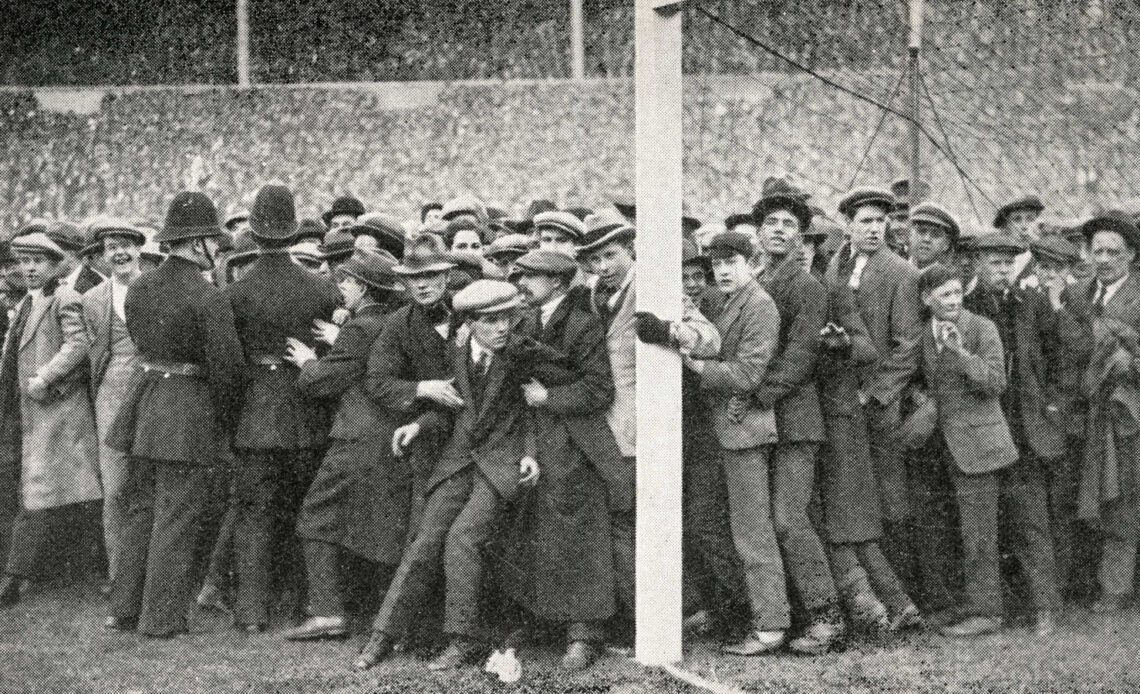This month marks the centenary of the first FA Cup final to be held at Wembley between West Ham Utd and Bolton Wanderers, a day that nearly ended in disaster.
Has the FA Cup final been devalued by its semi-finals being played at Wembley? It’s not a question with a completely black-and-white answer. On the one hand, there seems little question that playing there no longer holds quite so much mystique. But that could be a result of the over-saturation of the game in the media as anything else. The major leagues of Europe are all available at the touch of a button, beamed live into our living rooms in high definition; a marching band on a grey Saturday afternoon in north-west London just cannot compete.
And priorities have changed. The Champions League is the be-all and end-all of the football calendar in the 21st century, and the FA Cup final has become an end-of-season afterthought, battling it out with the EFL Cup for the position of England’s third (or perhaps fourth, if we consider the financial riches that come with promotion from the Championship) most-coveted silverware.
But it wasn’t ever thus. For decades, the FA Cup final was one of the showpiece events of the entire sporting calendar. One of the tiny number of domestic matches shown live on the television every year, audiences could reach dizzying numbers, holding an iron grip over people’s attention.
In 1970, while chasing a treble of the European Cup, League Championship and FA Cup, it’s been said that Don Revie sacrificed both the League and European Cup in pursuit of the FA Cup, only to lose the final after a replay and end the season with nothing. That would, of course, be unthinkable now.
So there was a time when the FA Cup mattered more than it does today, and there was a time when a trip to Wembley was perhaps a little too coveted. When the nation’s new football stadium opened 100 years ago, rudimentary safety considerations and a complete swamping by a general public who were eager to experience it almost led to a major loss of life.
In the 1901 census, the population of Wembley was just 4,159. It was an outpost, only connected to the Metropolitan Line since 1893. But with that station opening came the start of a grander project. Sir Edwin Watkin was an MP and railway entrepreneur, and his plan was to combine Wembley Park, which had been designed by Humphry Repton a century earlier, with a tower inspired by the Eiffel Tower in Paris which would dominate the city’s…
Click Here to Read the Full Original Article at Football365…

